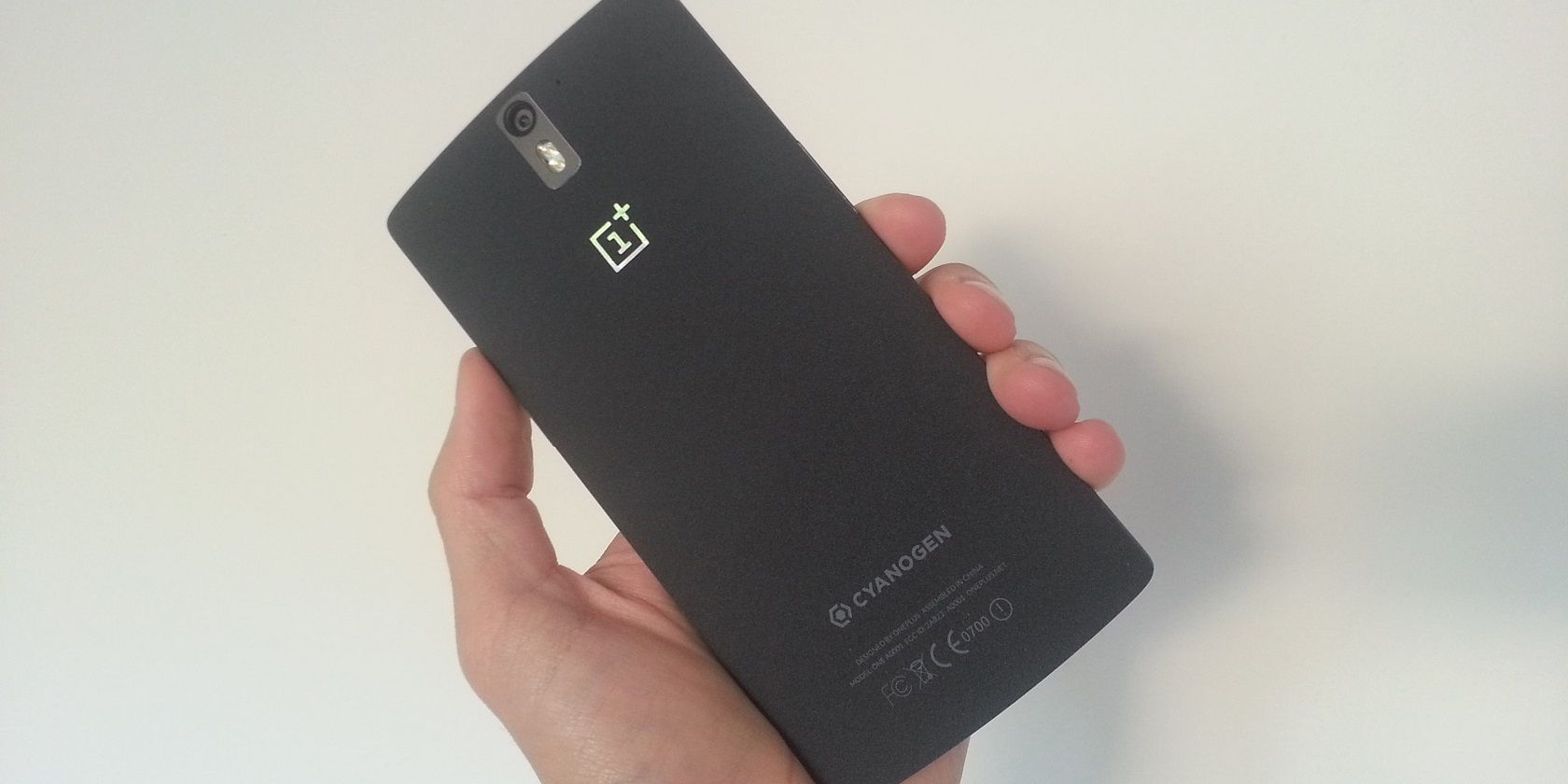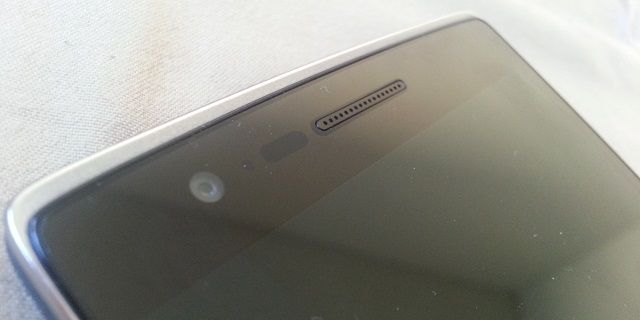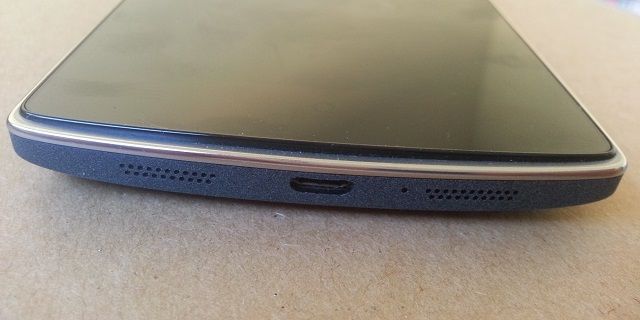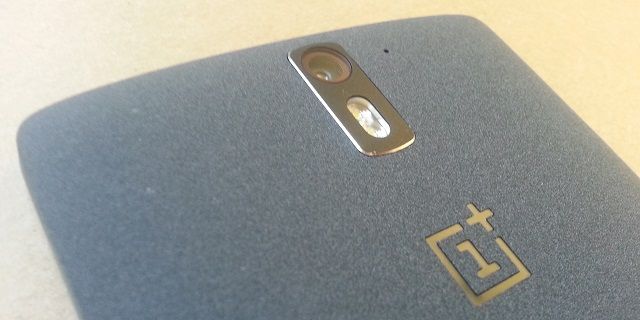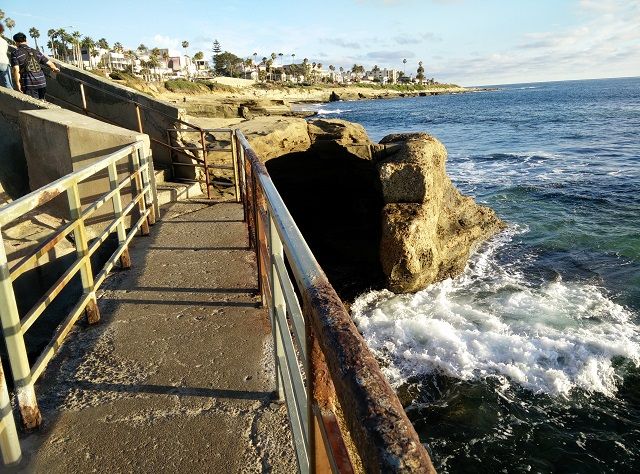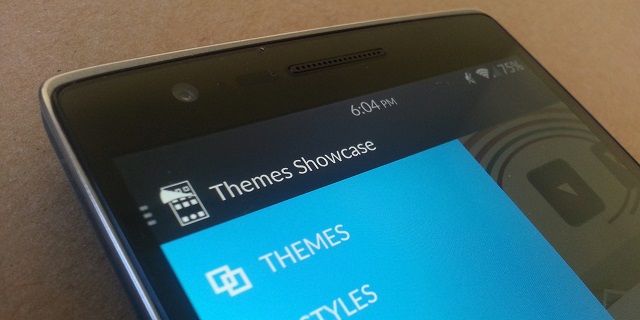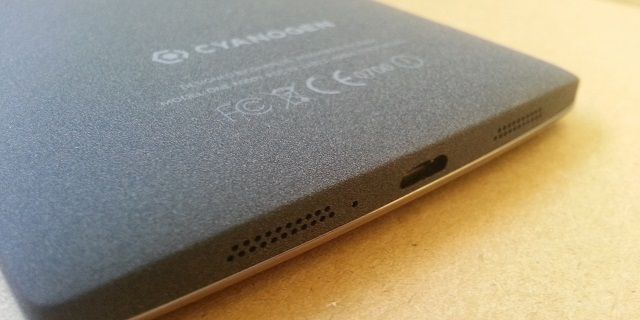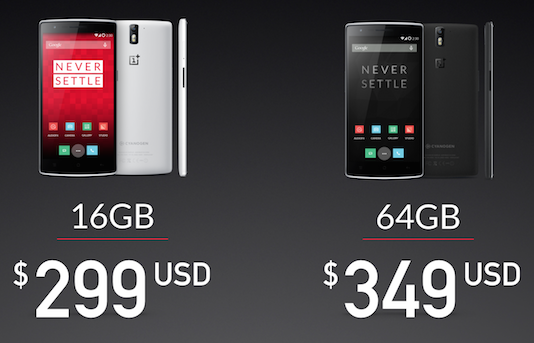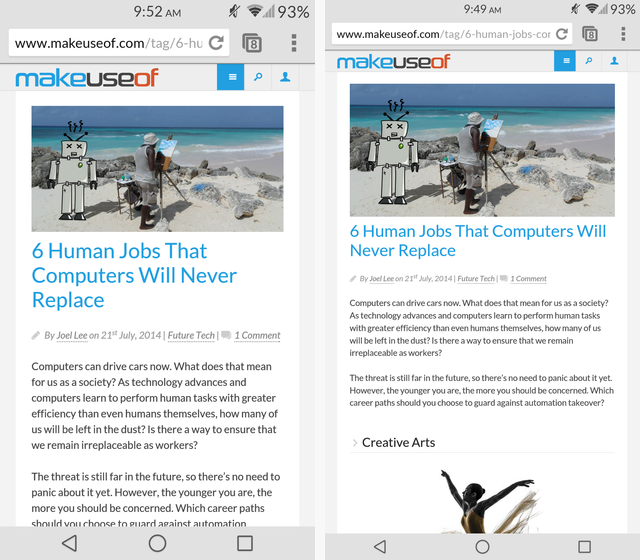The OnePlus One has been causing quite a stir in the recent months, and it's just beginning to arrive at the doorsteps of eager customers. I received my OnePlus One (OPO) about three weeks ago, and I've come to love the phablet-sized device.
But that doesn't mean it's perfect. Let's run through some of the great things about this device, and one not-so-great thing.
That Gorgeous Screen
OnePlus has been hyping the screen on this thing for a while now, and it was clearly for good reason. The screen is gorgeous. As someone who generally prefers AMOLED displays over LCDs, I was surprised at how deep the blacks were on the OPO and how much livelier the colors were than on other LCD screens.
Plus, you're obviously dealing with a phablet here when you've got a 5.5" display. This thing is about the size of a Note 3, and it's impossible to get around that. It will be big in your hand and really difficult to use one-handed. That being said, the huge screen is wonderful for scrolling through web pages and watching videos. With a OPO, you don't need a phone and a tablet, just this one device.
Rather Loud Speakers
They're no HTC BoomSound speakers, but they're pretty dang good anyway. One user on the OPO forums has pointed out that despite there being two speakers along the bottom, the OPO actually plays the same audio from both -- not left channel and right channel like true stereo speakers. Still, the dual speakers give it a bit more oomph and certainly make it louder and crisper than your average smartphone.
If speakers are the deciding factor for you, know that they won't top the HTC One M8's, but they will top just about every other phone on the market.
Killer Camera
The Sony Exmor IMX214 shooter in the OPO is another of their greatly hyped features, and it doesn't disappoint either. It's a 13MP camera, but as you should know by now, megapixels don't make the camera. Still, everything I've taken so far has turned out crisp and well-lit. There's also a 5MP front-facing camera which takes the best selfies of any device out there right now, since the rest of the crowd seems to be sticking with 2MPs on the front.
Now, I don't want to flood this article with images taken from the OPO's camera (which, admit it, is always the most boring yet extensive part of most reviews), but here are a couple photos I took outside in sunny weather with the Auto mode in the stock CM camera.
Above, the colors are really well-balanced. Other phones would have blown out the sky or darkened the island, but the OPO did extremely well.
Below, the OPO's quick shutter speed allowed it to catch the waves as they were crashing, although you only see a black hole where there is actually a very dark cave. But contrasting the near-complete darkness with the bright outside would be a feat for any phone.
Even some Lens Blur photos taken with the Google Camera app (which we've reviewed) turned out really well, and these three secret features of the Google Camera app worked fabulously. If you don't like CyanogenMod's camera app, or you just want to try some of the new features, definitely download Google Camera.
Better Software Than Stock Android
CyanogenMod11S, the software that ships on the OPO, is the best of both worlds: the style and speed and stock Android, but the customizability of CyanogenMod. This isn't a heavy-handed Android skin, it's a lightly altered stock Android that allows for in-depth customization in the settings, including a Theme engine that has endless capabilities.
Developers are busy making new CM11 themes everyday, and they customize so much more than is possible on stock Android. It takes it a step further than customizing your homescreen, allowing you to customize system-wide fonts, certain apps like Settings and Phone, and even the icons used in Quick Settings. To really make your device yours in the simplest way possible, you'll want to get a OPO and spend some time scrolling through the Themes Showcase app.
Replaceable Backplates With Awesome Textures
I never much cared for the material my phone was made out of. Samsung plastic? Sure. Sony glass? Okay. HTC metal? Why not.
But that changed when I received the OPO. The version I received, the 64GB Sandstone Black version, has a textured back unlike anything I've felt on a phone before. It's rough and soft at the same time, like a kind of sandpaper/felt material. Sandstone is actually a pretty accurate descriptor. This backing not only makes it feel secure in your hand, but it also solves the fingerprint problem. The backside of this device is matte enough that fingerprints are not an issue at all.
Plus, the backplate on the OPO is removable and customizable. Right now, the 16GB ships with a Silk White backplate, but OnePlus will begin selling alternative backplates (including Silk White, Sandstone Black, and Bamboo) towards the end of August. OnePlus has said that the Sandstone Black and Silk White covers will cost $29, and the Bamboo will cost $49.
While I love the Sandstone Black backplate, I am interested to see how the others would feel.
This Thing Is Cheap
At $299 for the 16GB version and $349 for the 64GB, this phone is clearly the cheapest high-end phone you can buy. Case closed.
Its competitors -- the Galaxy S5, One M8, Xperia Z2, and LG G3 -- all feature similar (if not arguably worse) specs, and yet retail for $600-$700. The OPO literally cuts that price in half. There's no dancing around the fact that this smartphone has the best value of any on the market -- if you can buy it.
The invite system has been confusing and frustrating for many. I received my OPO invite for being an early member on the forums, and OnePlus has been holding more and more competitions to release invites since then. Full retail availability should come sometime within August or September, though.
One Problem: Huge DPI
Now, my biggest bone to pick with the OPO: its default DPI. DPI stands for Dots Per Inch, and its actually different than the PPI (Pixels Per Inch) that you often hear brought up when discussing screen size and pixel density. PPI is a hardware dimension -- and the OPO's is 401 PPI, since it has 1920x1080 pixels squeezed into a 5.5" display.
The iPhone 5S, for comparison, has a 4" 1136x640 pixel display, coming in at 326 PPI. Apple called that a retina display, since the PPI was too high for the human eye to distinguish pixels. At 400+ PPI, we're far in the clear in terms of quality here, and nitpicking a slightly higher PPI display at these levels really doesn't matter. The LG G3 for instance has a 5.5" 2560x1440, which is 538 PPI. Impressive? Yes. Necessary? Not at all.
But, DPI is different. DPI (otherwise known as LCD Density) is in the software, and its the density at which images, text, and anything displayed on your screen is rendered. As smartphones have gotten larger and packed more pixels, the default DPI of Android has gone up. The OPO ships with a DPI of 480, which is huge for a phone. When I first started using it, I noticed that compared to my old Galaxy S3 (which has a 4.8" screen), the OPO was showing about the same amount of information on the screen, just with larger buttons, images, and text. That would be great if I had huge fingers and poor eyesight, but I have neither, and I would prefer to get more information on my screen if I have to carry around such a huge device.
Above you can see my screen set to the default 480 DPI on the left, and how it looks after I changed it to 380 DPI on the right. Much more information is displayed on the right, and with a gorgeous 5.5" screen, text is still crisp and buttons are still pressable. I played around with the DPI for a while, staying at 400 for a bit and then deciding I wanted it even smaller. Your perfect DPI would likely vary, but 380 was great for me.
The only problem is that while the fix is simple, it requires your OPO to be rooted. Thankfully, this is an incredibly easy task thanks to the folks over at OnePlus and CyanogenMod, but still unfortunate that it ships with such a huge DPI and users need root to change it.
One user over at the OPO forums posted a fantastic tutorial on how to root your OPO, and I was able to do it in just a few minutes. Seriously, it's completely worth it. Then I downloaded ROM Toolbox [No Longer Available] from the Play Store and used the built-in build.prop editor to change the LCD Density (ro.sf.lcd_density=480) to 380.
Do note, however, that things can go wrong when rooting your device and messing with your build.prop, and I'm not responsible if you brick your device. Be sure to make a Nandroid backup through CWM recovery or TWRP before starting.
What Do You Think Of The OPO?
I love this device, but I'm curious to know what you think of it. Is it a game-changer, or will this just be a blip in the radar a few years from now? Let us know in the comments!

